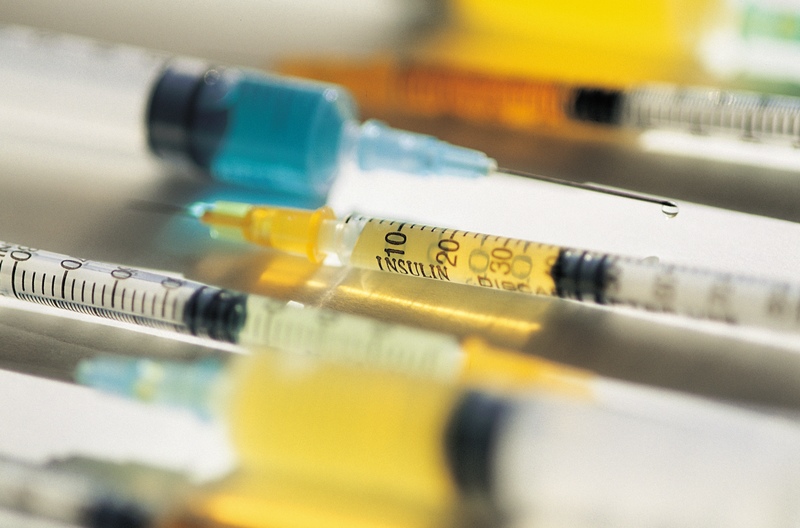Here are some of the latest health and medical news developments, compiled by the editors of HealthDay:
Mixed Results in Public Health Efforts: CDC
There have been mixed results in efforts to tackle major public health issues in the United States, according to a Centers for Disease Control and Prevention report.
Despite programs to combat problems such as obesity, hospital patient infections, food poisoning, and HIV infections, the CDC said its results in what it termed “winnable battles” in 2009 have been uneven and disappointing, the Associated Press reported.
However, the nation’s top public health agency noted there have been clear successes on issues such as smoking and teen pregnancy. Last year, national goals of lowering adult smoking by 17 percent and youth smoking by 12 percent were achieved, along with the target of reducing the teen birth rate by 20 percent.
One of the most disappointing failures has been the fight against childhood obesity, according to CDC Director Dr. Tom Frieden, the AP reported.
“The data speak for themselves,” he said. “If you look for the goal we set for ourselves, and look at what happened, we didn’t achieve it.”
Instead of reducing obesity rates for children and teens, the rate grew slightly and is now 17 percent, the AP reported.
Other disappointing results included reducing new cases of HIV by 18 percent instead of the target of 25 percent, failure to reduce rates of illness from E. coli bacteria by 29 percent, and a rise in rates of illness from salmonella.
Also, car crash deaths only fell by 21 percent by 2015, instead of the goal of 31 percent, the AP reported.
Even though the CDC gave itself mixed grades, some experts praised the agency’s efforts.
“I think, to CDC’s credit, they picked a broad range of public health challenges and they set the bar high enough that they could not automatically declare success at the end of an administration,” Jeff Levi, professor of health management and policy, George Washington University, told the AP.
—–
Rising Costs Putting Sexual Health Meds Out of Reach for Some
Some older Americans’ sex lives are in peril due to rising prices for prescription medications for impotence and other sexual health problems, experts say.
Five of six specialists contacted by the Associated Press said patients have revealed they’ve given up sex because of the cost of the medications.
“Many of them don’t get past the pharmacy counter once they see the price,” said Sheryl Kingsberg, a University Hospitals-Cleveland Medical Center behavioral psychologist and researcher who counsels men and women.
“Once you get to a certain price point, sex becomes a financial decision,” said Dr. Elizabeth Kavaler, a sexual dysfunction specialist at New York’s Lenox Hill Hospital. “It takes a lot of the joy out of this.”
Without health insurance, Viagra and Cialis cost about $50 a pill, three times their 2010 list prices, and the price of a new daily pill for women with low sex drive, called Addyi, is $800 per month, the AP reported.
Older products for women also have had large price increases, according to Truven Health Analytics data.
Some help may be on the way. Late in 2017, at least one slightly less expensive generic competitor to Viagra and Cialis will become available, and a rival to Addyi is in late-stage testing. There are also generic versions for some other products, as well as other options in development, the AP reported.
Copyright © 2026 HealthDay. All rights reserved.

